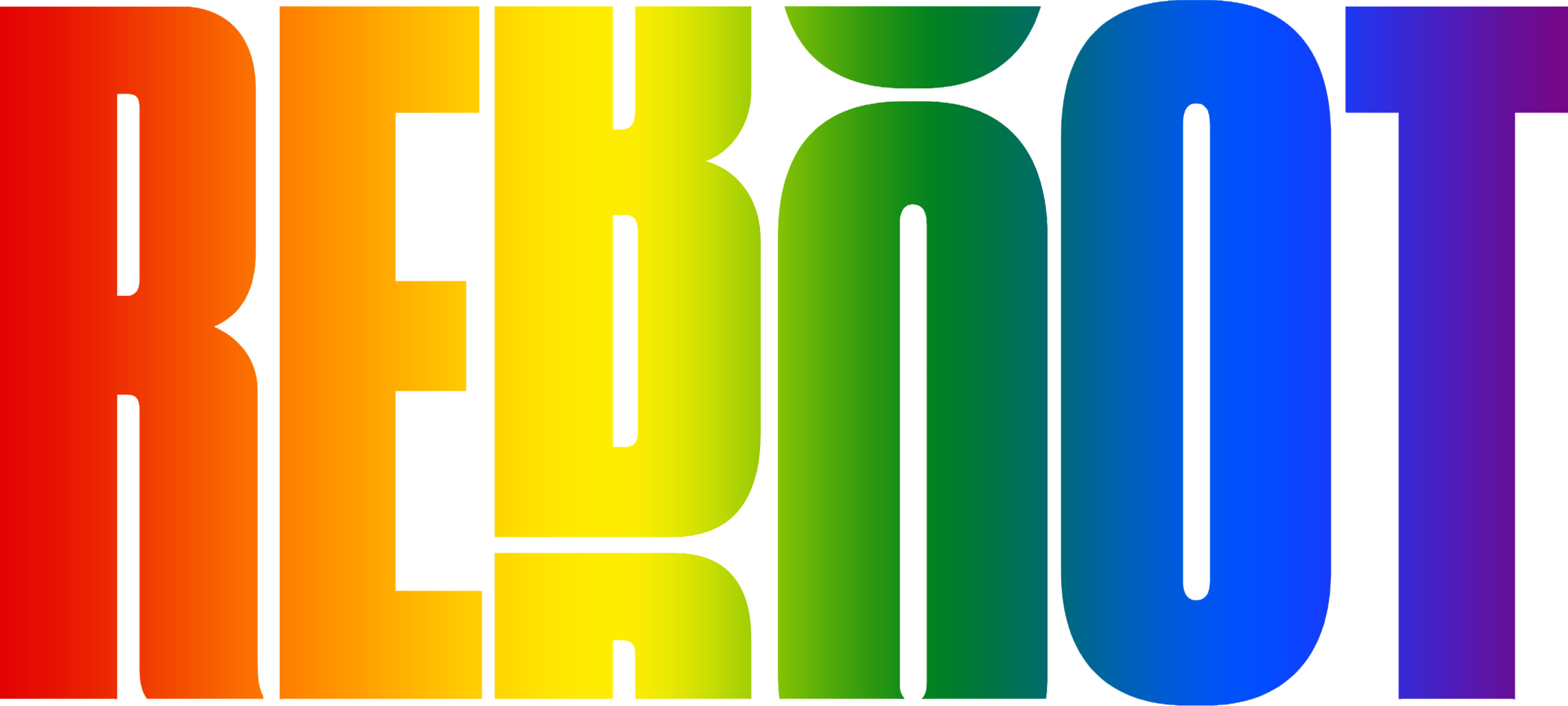A fusion language based grammatically in Middle-High German, but with significant admixture from Hebrew, Aramaic, Slavic, and other languages, is considered to have become a Jewish vernacular as early as the 9th century. As the Jews spread across Central and Eastern Europe, Yiddish went with them, evolving with each new settlement.
Just prior to WWII, it was the most widely spoken Jewish language, with approximately 11 million speakers, a figure that made up about 75% of all Jews worldwide. Because most of the six million Jews who were murdered in the Holocaust were Yiddish speakers, numbers of those who spoke the language declined preciptously. This decline, combined with linguistic assimilation in North America, the USSR, and Israel, resulted in a waning of usage and the serious decline of the Yiddish press and theater, which had once been significant. While currently thought to be a “dying” language, it’s use has actually seen growth in recent years due to the growth of Hasidim and other Haredim, whose profuse birthrates and use of Yiddish as a vernacular has increased the number of contemporary speakers to around 600,000.
Although it is a language like all others, Yiddish is popularly known for its humor and clever idiomatic expressions.
